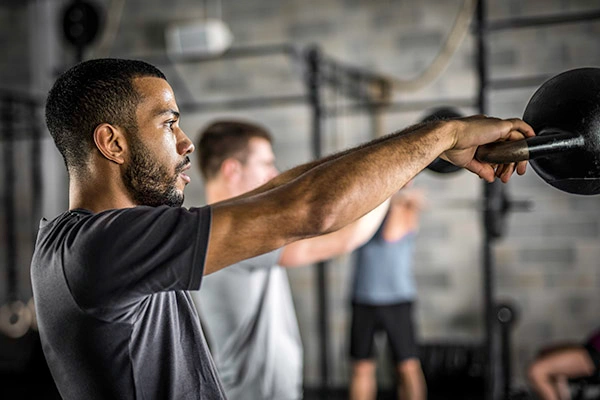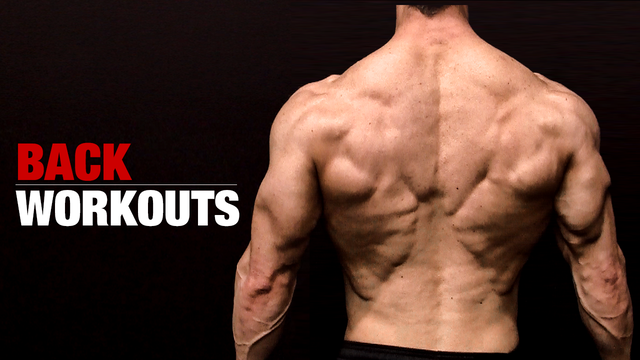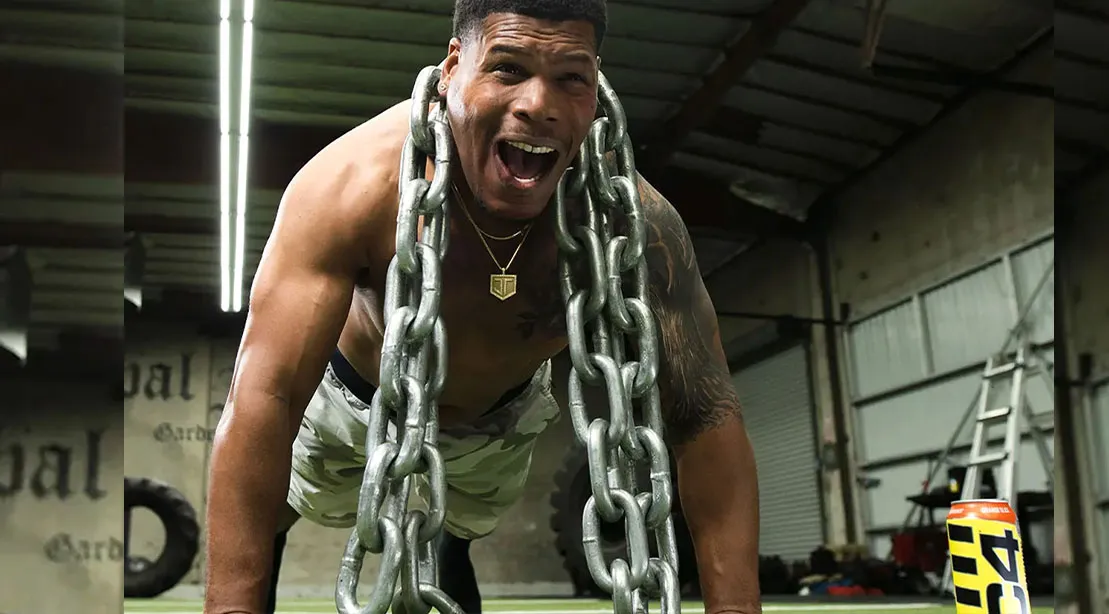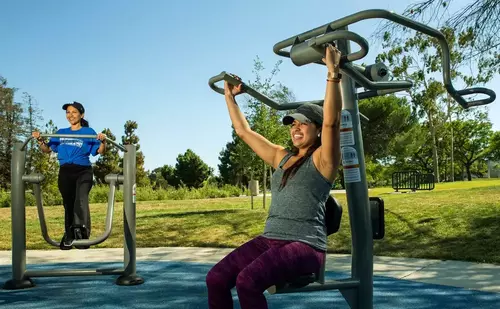Cardio can be scary for any guy or gal looking to build serious muscle. After all, the idea that cardio kills gains has been circulating virtually the weight room for years. So, is it bad to do cardio if you’re trying to build muscle?
The answer: only if you do it the wrong way. Read on to find out how to alimony cardio from messing with your muscle gains.
Does Cardio Make You Lose Muscle?
There are a couple of ways cardio can interfere with your gains:
Same-day workouts
If you tackle cardio and strength in the same training session, your soul won’t be worldly-wise to transmute to either worriedness as well as you’d like it to.
“Your goal with exercise is to stimulate your soul to adapt,” says William P. Kelley, D.P.T., A.T.C., C.S.C.S. “To alimony muscle and cardio gains, you need to requite these adaptations time to occur and the tools, or food, prior to throwing flipside stimulus at it.”
In other words, if you lift heavy and then throne out for a run, your soul will de-prioritize the strength training adaptations in order to fuel your run.
Switching it up probably won’t help either. If you do cardio surpassing strength training, you may tire yourself out and ultimately limit how much — and how nonflexible — you can lift.
In fact, a study in the Journal of Strength & Conditioning Research found that when a group of healthy men did cardio surpassing strength training, they completed fewer repetitions, had less muscular power, and experienced an increase in perceived exertion during their strength session.
Poor fueling (not getting unbearable carbs)
Cardio can cut into your muscle gains if you do it without fueling properly. And when it comes to cardio, carbs are your weightier friend.
“If your soul doesn’t have sufficient carbohydrates at its disposal, it will start to unravel lanugo proteins and amino acids for fuel, which can negate or slightly reverse muscle growth and gains,” Kelley explains.
How to Prevent Cardio from Hindering Muscle Gain
Cardiovascular fitness is a key piece of overall health, and aerobic exercise (or a tousle of aerobic and anaerobic, a la HIIT) is the weightier way to unzip this.
So, it’s important to icon out how to incorporate cardio into your routine — without compromising your muscle gains.
1. Take a unravel between workouts (at least 12 hours)
One way to trammels off the cardio box without derailing your progress in the weight room is to do the two activities on variegated days, though you may be worldly-wise to get yonder with separating the workouts by 12 hours if you’re dying to do both the same day, Kelley says.
Sure, you may end up working out increasingly often during the week, but at least you’ll be worldly-wise to do each workout to the fullest. And your soul will have the endangerment to transmute to each stimulus surpassing tackling another.
2. Focus on proper nutrition
It’s moreover important to make sure you’re fueling properly for your cardio workouts, which means… healthy sources of carbs, protein, and fat. Carbs and fats are the fuel sources your soul primarily relies on to create adenosine triphosphate (ATP), the chemical that powers working muscles.
“The process of turning protein into ATP is much harder than turning carbs and fats into ATP, so [your body] will take the easier option as long as it’s available,” Kelley explains.
Protein is moreover vital. Whether you’re counting bench press reps or logging miles, your muscles are driving your effort, and they require protein for repair and recovery.
3. Fuel up on carbs
Exactly how many carbs you’ll need depends largely on the elapsing and intensity of the exercise. However, the International Society of Sports Nutrition (ISSN) offers a unstipulated recommendation of 5 to 12 grams of carbs per kilogram of soul weight per day (g/kg/d).
But unless you exercise at a moderate to upper intensity for 12 hours per week, stick to the lower and middle portion of the range.
What Kind of Cardio Should You Do?
First, aim to get at least 150 minutes of moderate-intensity cardio, or 75 minutes of vigorous-intensity cardio every week, as recommended by the Centers for Disease Control and Prevention (CDC). Great cardio options include walking, jogging, swimming, cycling, and rowing.
However, if your goal is to build muscle, your weightier bet may be high-intensity, short-duration cardio (i.e., HIIT), Kelley says. “This method of cardio training unquestionably aids in the muscle growth stimulus as it’s increasingly power-based,” he adds.










